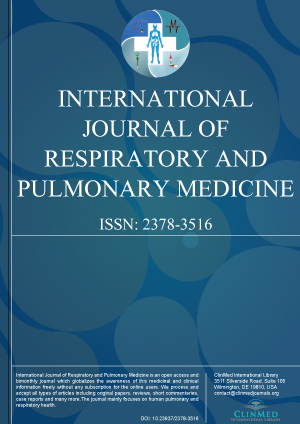Current Issue
Open Access DOI:10.23937/2378-3516/1410189
Chiroma Laminu, Adesola Z. Musa and Tubosun A. Olowolafe
Article Type: Clinical Research | First Published: 2023/10/28
Article Formats
- Full Article
- XML
- EPub Reader
Open Access DOI:10.23937/2378-3516/1410188
Jae-Hoon Lee, Sung Hoon Jin and Jun Bae
Article Type: Clinical Research | First Published: 2023/08/13
Article Formats
- Full Article
- XML
- EPub Reader
Open Access DOI:10.23937/2378-3516/1410187
Nobukata Kazawa, MD, PhD and Tetsuro Sugiura, MD, PhD
Article Type: Research Article | First Published: 2023/04/16
Article Formats
- Full Article
- XML
- EPub Reader
Open Access DOI:10.23937/2378-3516/1410169
Singankutti Mudalige Thanuja Nilushi Priyangika, Moayed Alawami and Shanka Karunarathne
Article Type: Original Research | First Published: February 05, 2022
Article Formats
- Full Article
- XML
- EPub Reader
Open Access DOI:10.23937/2378-3516/1410168
Sarcoidosis Presenting as a Case of Pulmonary Thrombotic Disease- An Unusual Presentation
Muhammad Haseeb ul Rasool, MBBS, Sara Z Khan, MD and Pervaiz Iqbal, MD, FCCP
Article Type: Case Report | First Published: January 24, 2022
Article Formats
- Full Article
- XML
- EPub Reader
Open Access DOI:10.23937/2378-3516/1410167
Ariel Daube, MD, Leroy Phillips, MD, Erin West, MS, Lorraine Ng, MD, Lindsey T Chaudoin, MD, Arthur Smerling, MD and David Kessler, MD, MSc
Article Type: Research Article | First Published: January 24, 2022
Article Formats
- Full Article
- XML
- EPub Reader

Volume 9
Issue 1
Issue 1
